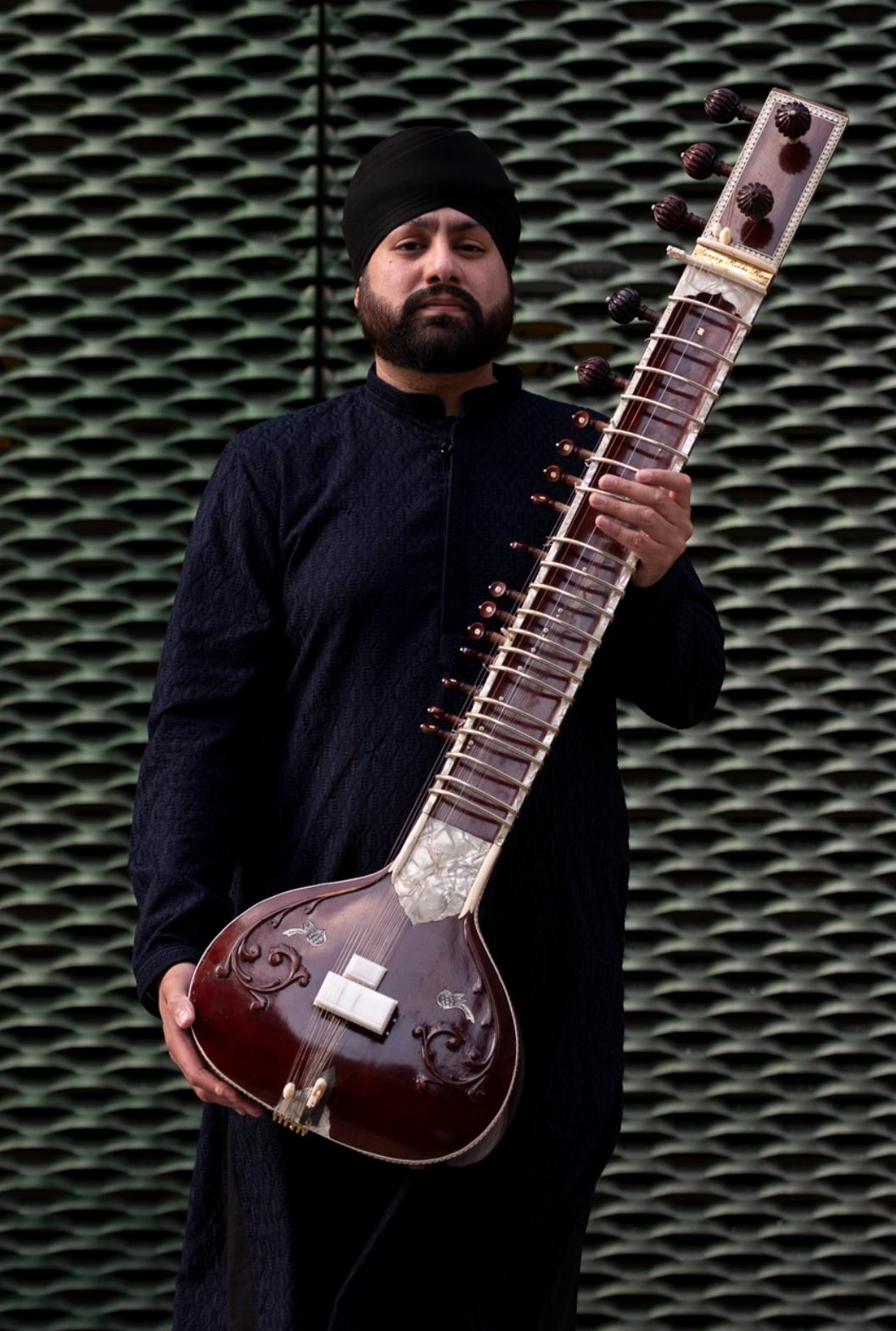
By signing up I agree to receive email / sms marketing alerts from Darbar
Enjoy Indian Classical Music?
Sign up for updates about events, educational courses and special offers
"*" indicates required fields